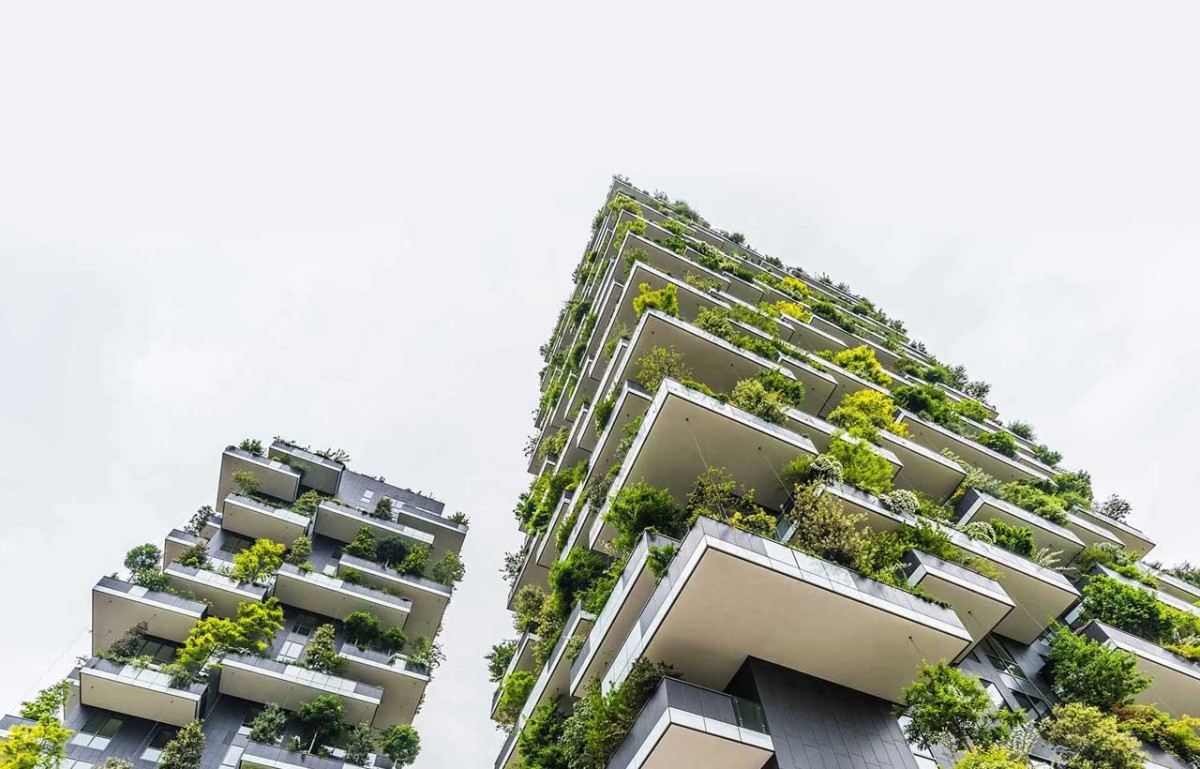Can Traditional Methods Assure Resilient Architecture?
- January 2, 2024
- By: Editorial Team
- INFLUENCERS
.jpg)
For millennia, indigenous groups have employed distinctive architectural and construction methods, ranging from the Arctic to the Pacific, to enable them to endure in some of the harshest settings on the planet.
The potential of traditional architecture elements is now gaining international attention, as the UN World Meteorological Organization confirms that 2023 is "almost certain" to be the hottest year on record. This is because traditional architecture has less of an impact on the environment and may allow humans to live in a hotter world.
(4).jpg)
Read More: Special Prize for Architecture- Bengaluru Airport T2 for the Win!
The built environment is being significantly impacted by climate change. From increasing temperatures and shifting precipitation patterns to more frequent and severe natural disasters. Sustainable building practices and architecture are essential to efforts to mitigate and adapt to climate change because buildings account for a large portion of global energy consumption and greenhouse gas emissions during construction and operation.
.jpg)
Read More: Minimalistic Home: Unlocking the Art of Simplicity in Every Corner
According to C40, a global network of mayors from the most influential cities in the world who work to drive climate action, the construction industry alone is accountable for over 23% of greenhouse gas emissions and uses over 30% of the world's resources. With an estimated 2.5 billion more people expected to live in cities worldwide by 2050, there is an increased demand than ever for environmentally friendly urban infrastructure.
Rapid urbanization has also prompted the adoption of contemporary building techniques and materials, which frequently disregard or supersede conventional wisdom related to climate change.
In countries where people previously relied on traditional home architecture styles including natural ventilation, shade, and outdoor spaces, the prevalence of high-rise buildings, air conditioning, and artificial lighting has created a significant demand for energy and resources and disrupted traditional social and cultural patterns. What was the outcome? An artificial environment that is causing the Antarctic's sea ice to reach record lows and average temperatures to rise by 1.43 degrees Celsius over pre-industrial levels.
.jpg)
Read More: For the Future: 5 Principles of Sustainable Architecture
According to a report published by the United Nations Environment Programme last month, the 55 economies that are most vulnerable to climate change have collectively suffered losses and damages exceeding $500 billion over the past 20 years. In the upcoming decades, these expenses are predicted to increase significantly, especially in the absence of strong mitigation and adaptation measures.
Recently, Australia and Tuvalu signed an unprecedented cooperation agreement offering 280 Tuvaluans, or 2.5 percent of the islands' population, permanent residency in Australia annually. This move was a painful premonition of what lay ahead for some Pacific nations. This agreement is the result of the realization that climate change poses a serious threat to Tuvalu's long-term future.
For his thesis project, Niu Growth: The in-between, Australian young architect Tualagi Nokise was awarded the esteemed Architects Medallion by the New South Wales Architects Registration Board. The project's main focus was on a fictitious research, traditional building techniques and training facility for natural disasters that was situated off the coast of Savusavu Town, Fiji. Its structure combined modern cyclone principles with locally sourced materials and traditional Fijian building methods.
Indigenous building techniques are becoming more and more popular worldwide. There is a growing interest in traditional architecture features and methods as evidenced by the availability of courses on sustainable design and practice in Native American and Indigenous community planning and design at universities in the US and Canada.
BMR forwards the concerns of conscious architecture and design. With eco-friendly techniques and more conscious driven efforts, we ensure to enhance positive approach and ideas.








